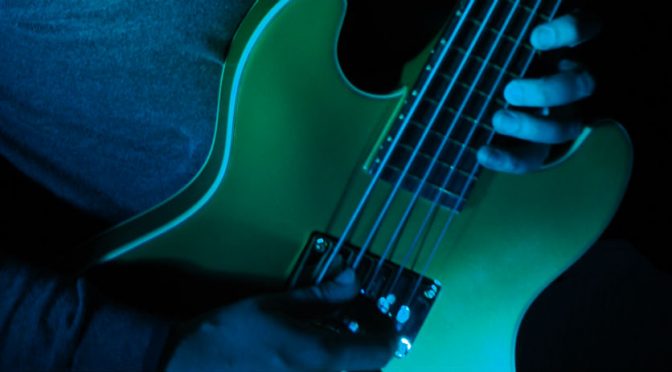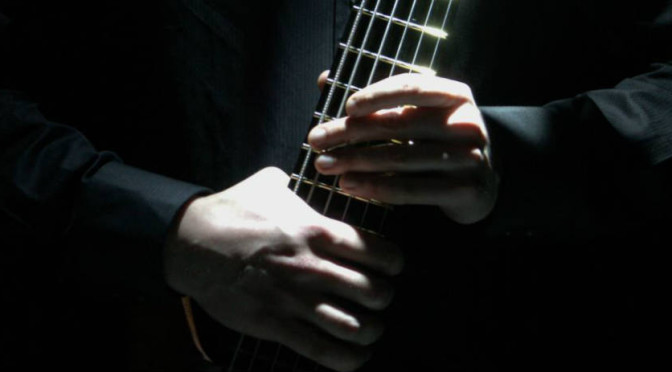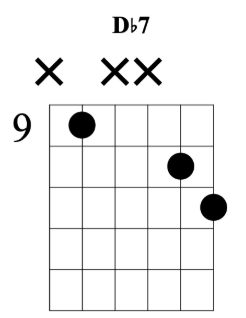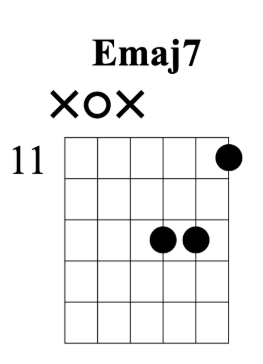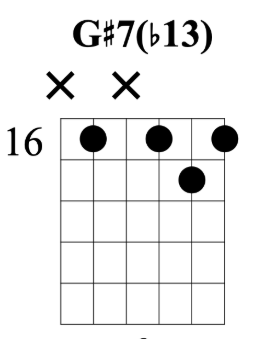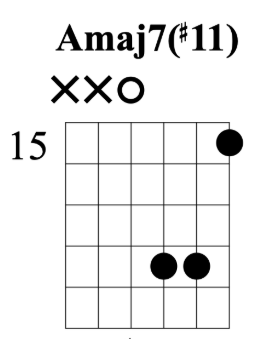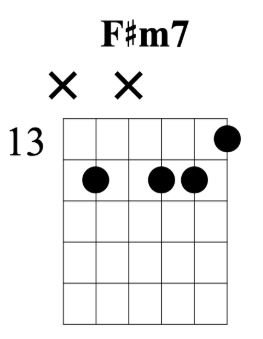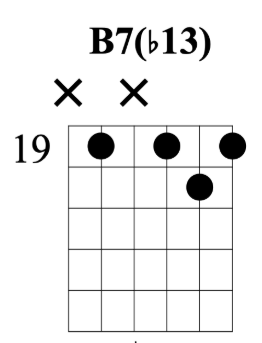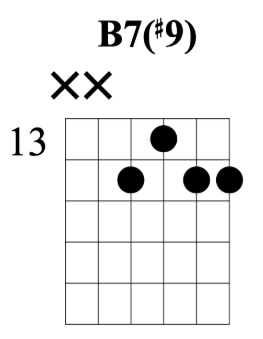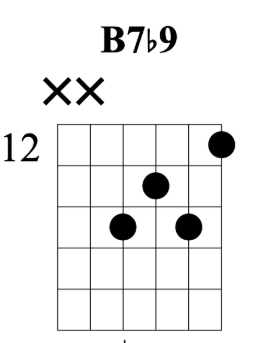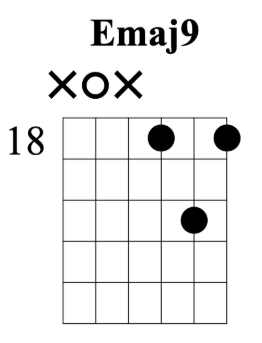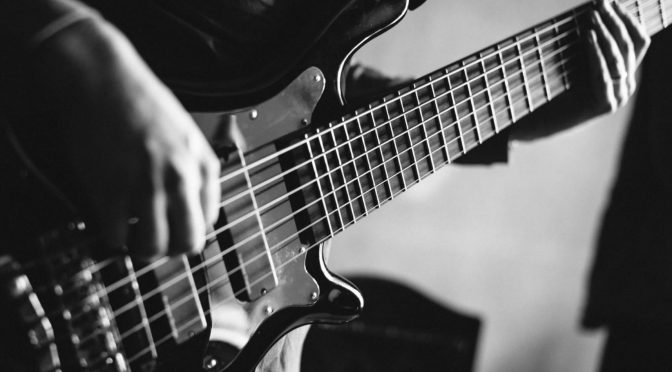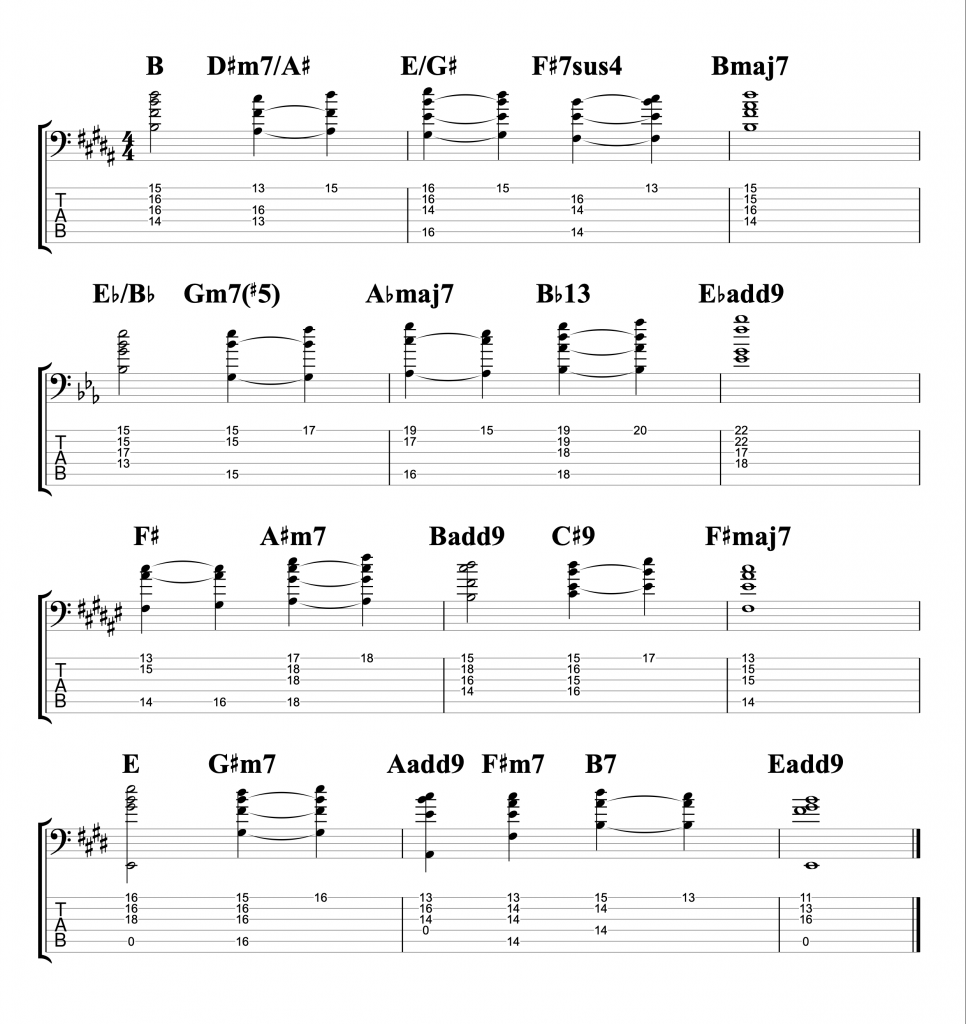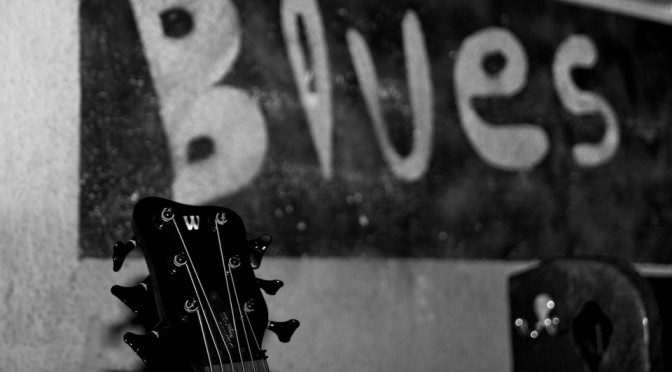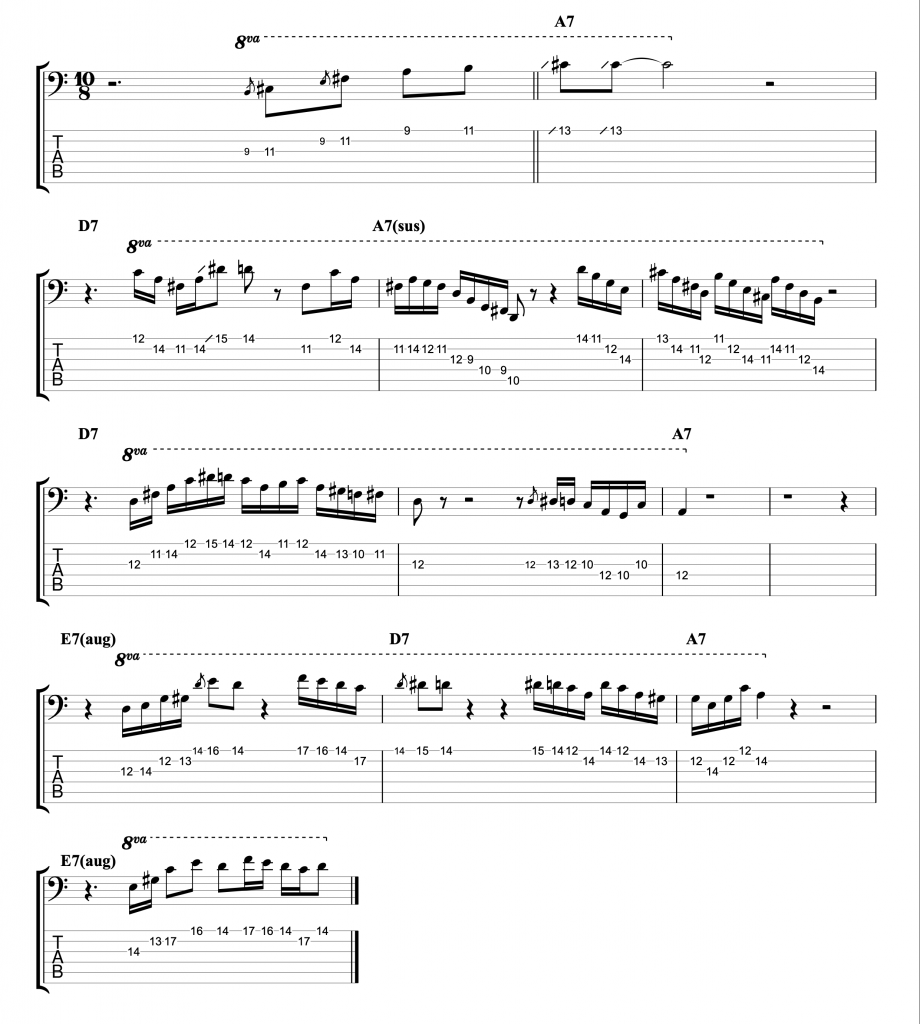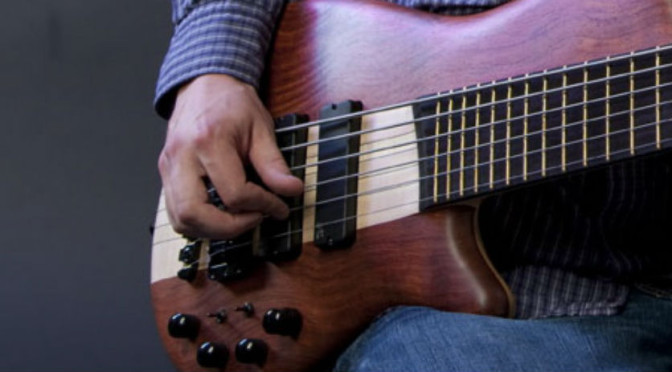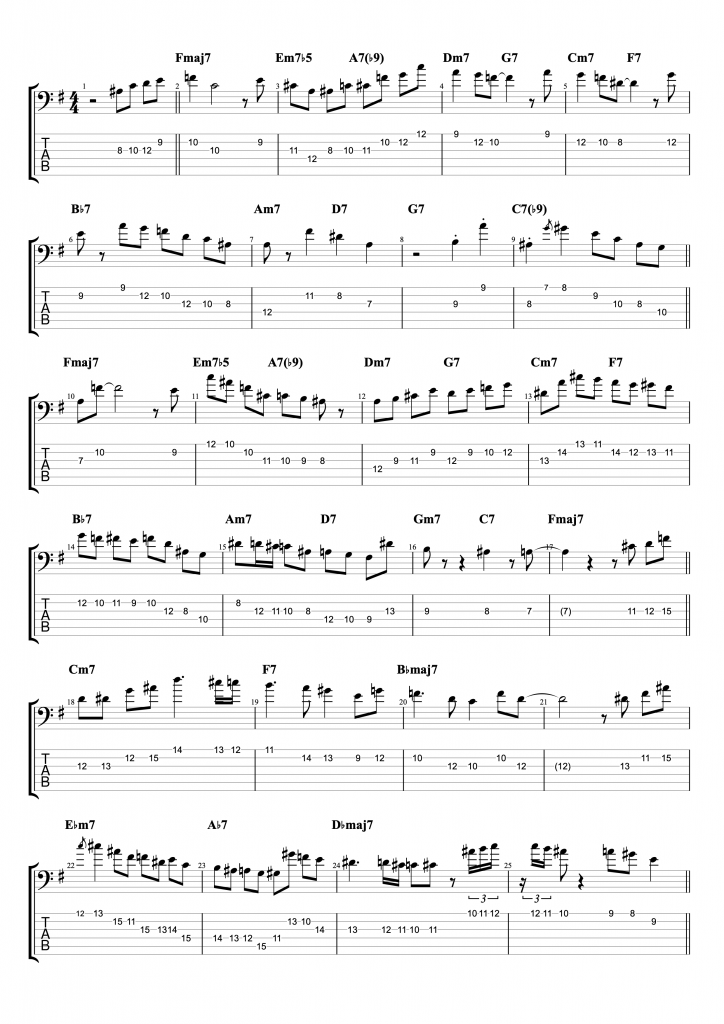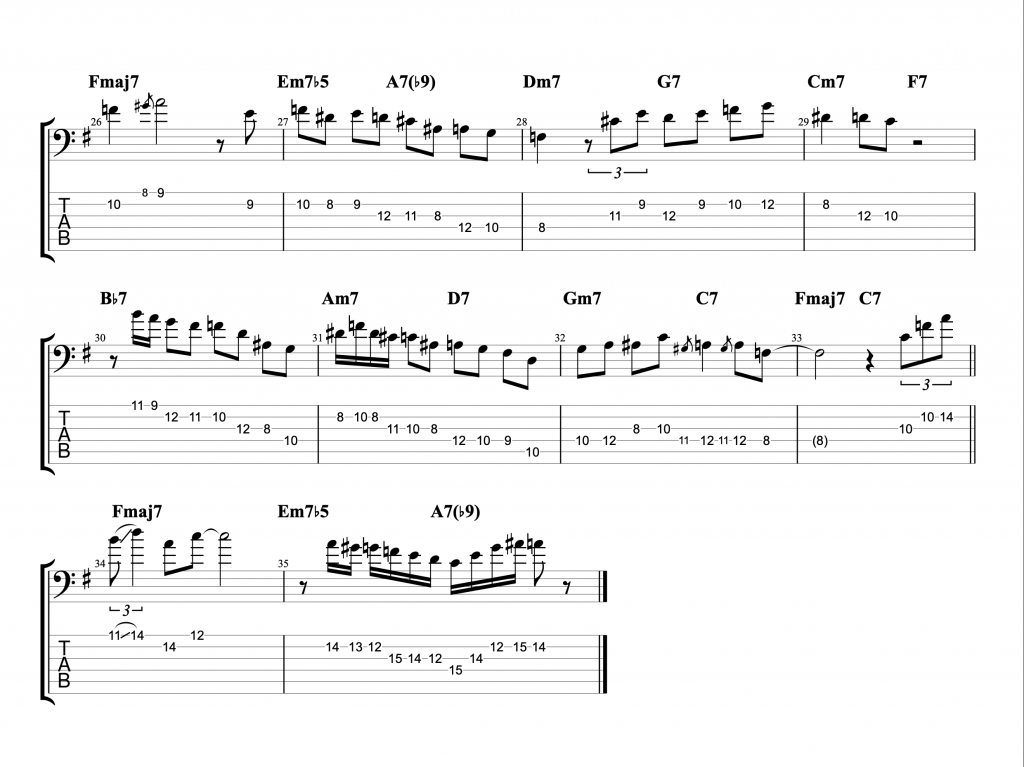Introduction to Triad Pairs on Bass Guitar – Bass Practice Diary – 7th January 2020
This week I want to introduce some basic triad pairs exercises. The basic concept of playing triad pairs on bass is that you take two triads (three note chords) that don’t have any notes in common. Meaning that you have six different notes. And then you use those triads to makes lines and exercises.
Why use triad pairs?
Triad pairs are now a really common concept in jazz improvisation. But it’s not only jazz musicians that use them. You can apply triad pairs to almost any genre of music. They work particularly well for improvisation, but you can also use them to write bass lines.
This week, I’m only going to introduce the most basic form of triad pairs. Which is when you take two major triads that are spaced a tone apart. The reason for spacing them a tone apart, is because the triads function like chords IV and V in a major key. So you can use these kind of lines in any major key by transposing the two triads to the notes of chords IV and V in the key.
The exercises
All of these exercises are played using the triads C major and D major. Which are chords IV and V in the key of G major. But that doesn’t mean that you can only use these in the key of G major. There are all kinds of interesting and creative applications of triad pairs which I’ll try and cover in my future videos.
There are three obvious ways to voice a triad (inversions). You can put the root at the bottom, the 3rd at the bottom or the 5th at the bottom. This first exercise demonstrates those three different inversions, which you need to learn really well if you’re going to get good at playing these exercises. Bar 1 uses the root position triads for both C and D and then bar 2 uses the 1st inversion and bar 3 uses the second inversion.

This next exercise uses a similar idea, but with triplets. So, you play three notes on each triad rather than four.

Finally, here is a pattern that plays four notes on C and then three on D.

The purpose of playing patterns like this one in exercise 3, is that it helps to make the exercise sound less like a pattern. If you’re playing triad pairs in an improvised solo, and you play three notes up and three notes down, like exercise 2. It will very quickly sound like you’re playing a repeating pattern. That’s ok if it’s the sound you want. But, if you want to make it sound less like a pattern, then a pattern with an odd number sequence (three then four) will create a less predictable feel when played as part of a solo.

